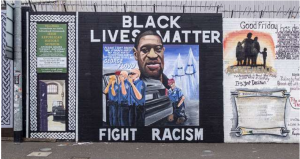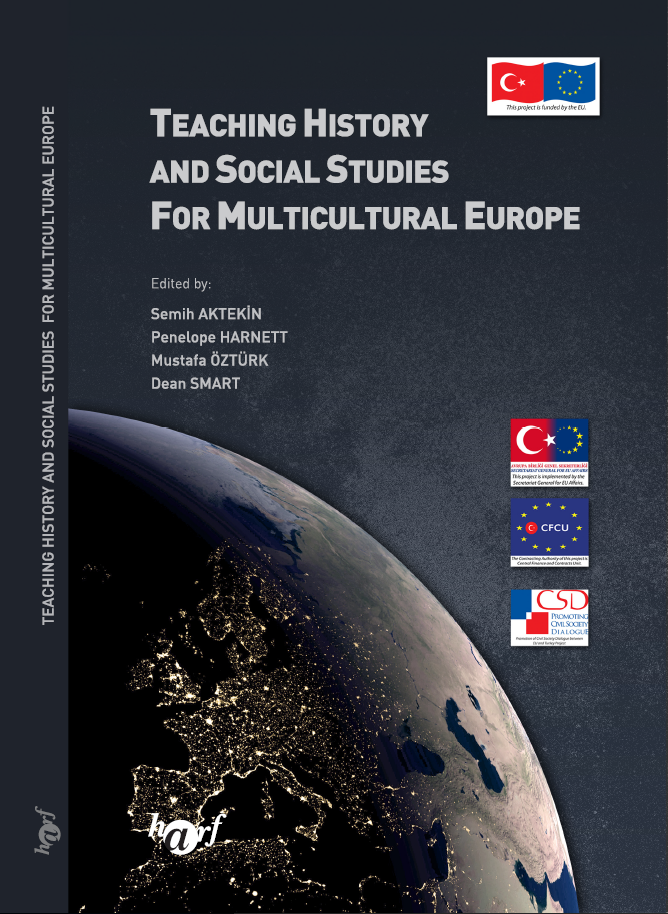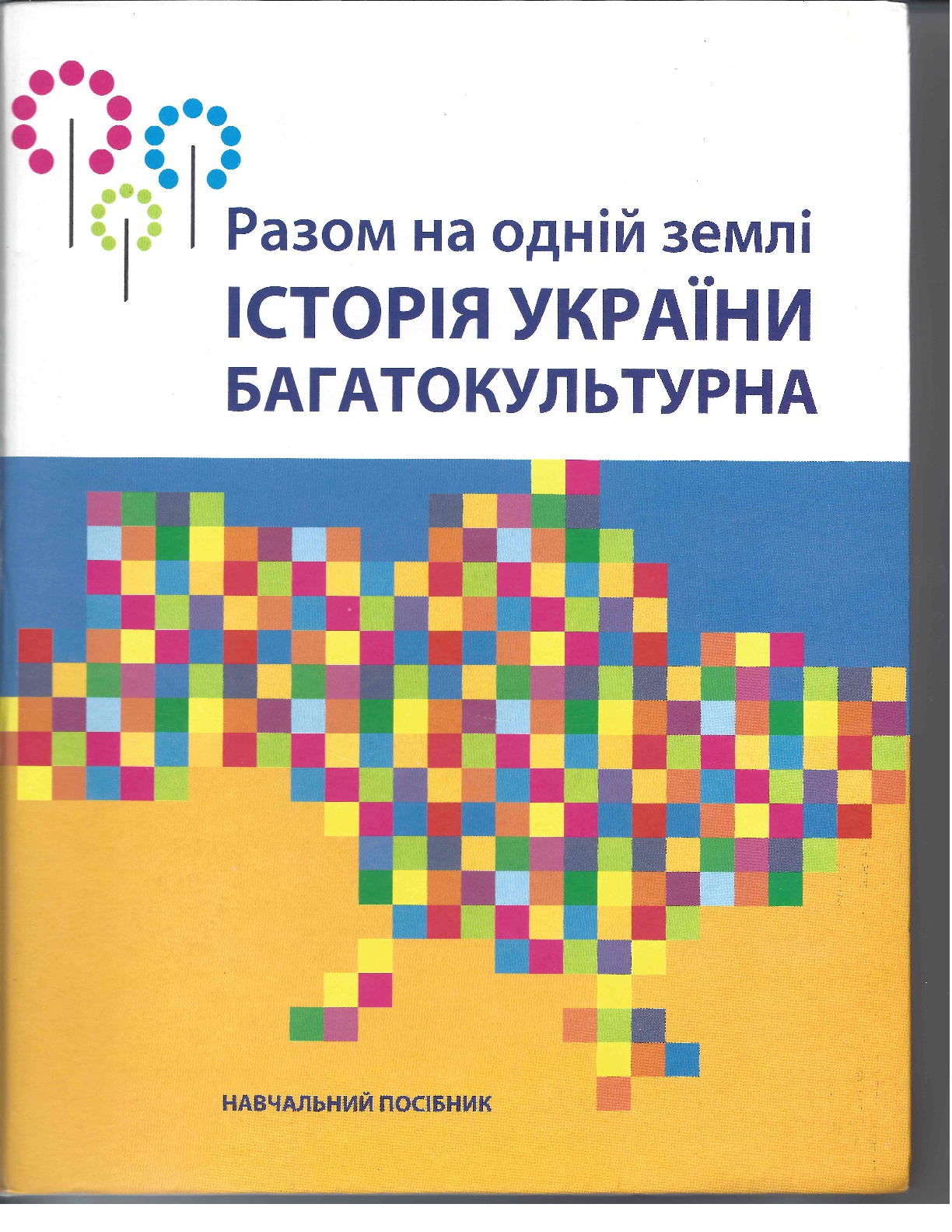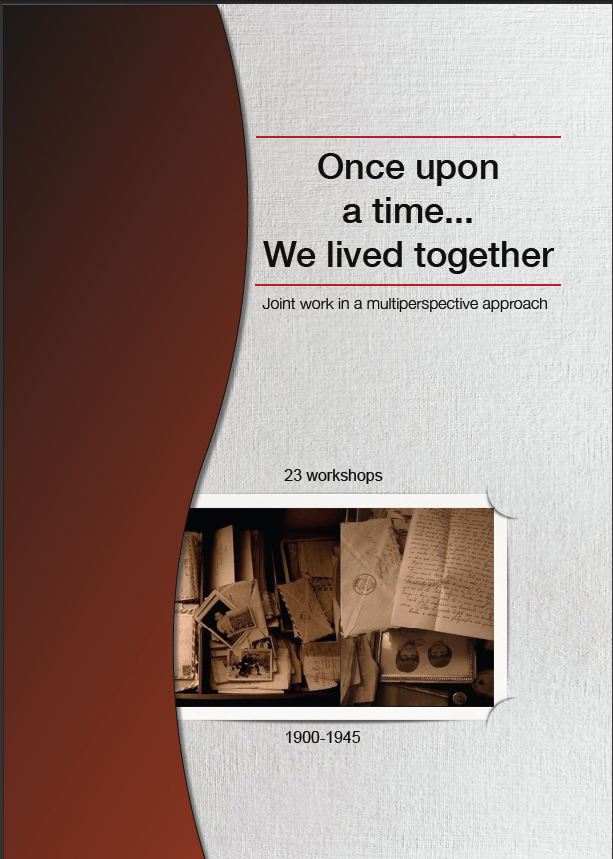
On city walls, political contestation and artistic expression intertwine as hundreds of murals provide a stark representation of the anger, fear and hope felt by the communities which paint them. This case study examines the role of public art in the conflict and peace process in Northern Ireland; the context of conflict in Northern Ireland is explored, the history of 'muralling' as a practice of ungoverned expression is traced, contemporary contestations surrounding murals are discussed, with emphasis on exploring how engagement between new and old murals may be facilitated. Lastly, the case concludes that the practice of muralling is inseparable from discourse and responses of wider communities, from opposition, and that negotiating this line between controversy and freedom of artistic expression serves as an opportunity to work through tensions and convey solidarity with broader themes of oppression.
Read the full case study here.

Ordinary People in an Extraordinary Country
Yugoslavia Between East and West In the last decades of [...]

Teaching History and Social Studies for multicultural Europe
The book “Teaching History and Social Studies for multicultural Europe” [...]

Innovative History Education, Examplar Activities
A Unique Collaboration In 2009-2012, Turkish Educational landscape was in [...]

Together in One Land. Multicultural History of Ukraine
The project “We” and “The Others” aims to enhance the [...]

Once Upon a Time…We Lived Together
Joint Work in a Multiperspective Approach, 23 Workshops on 1900-1945 [...]





